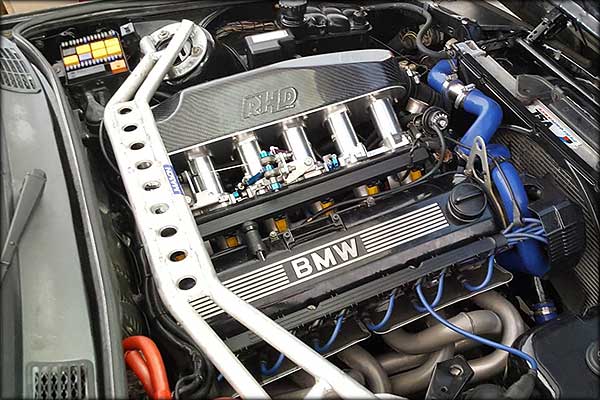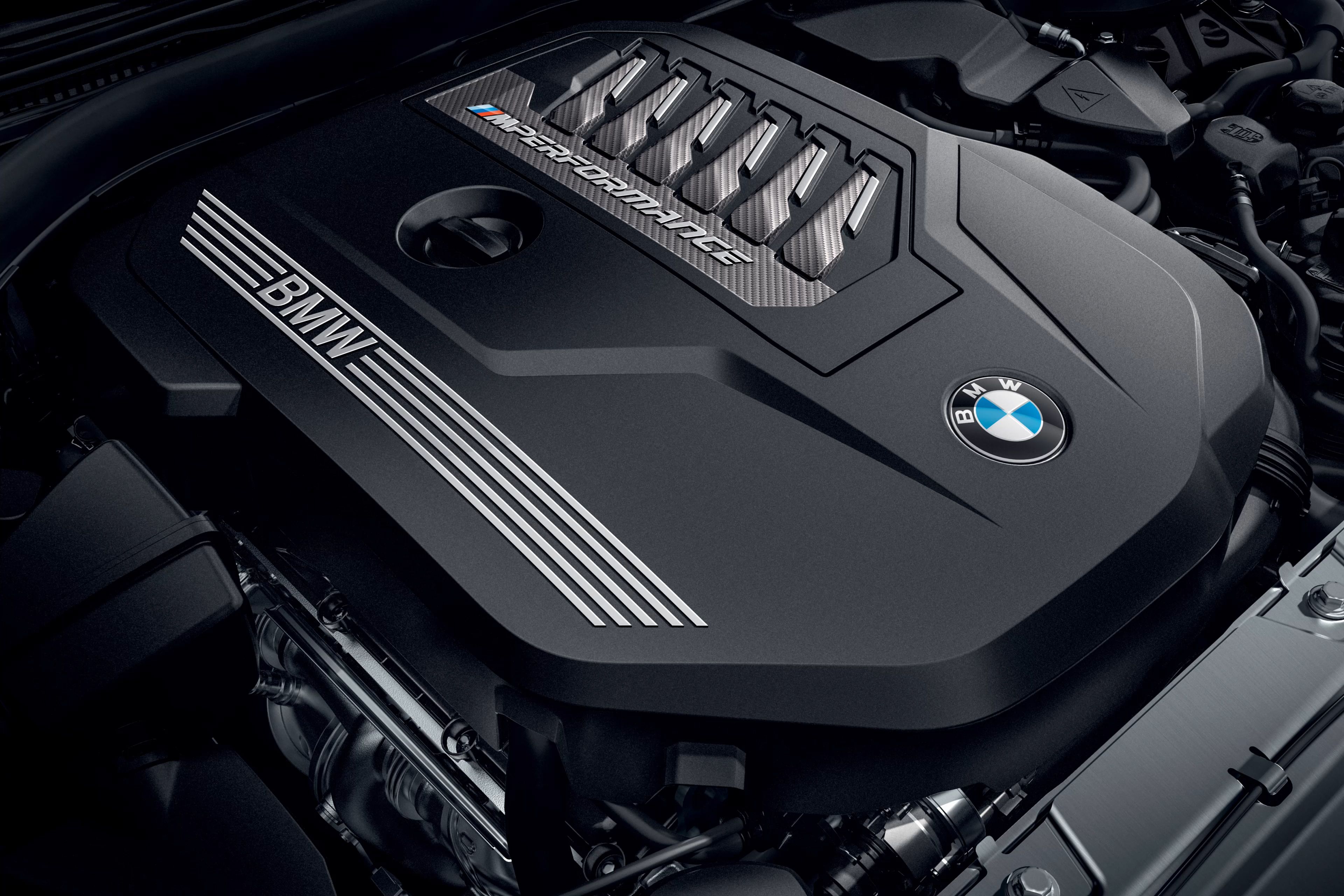Unveiling the Keys Behind the Power of the BMW Engine
Unveiling the Keys Behind the Power of the BMW Engine
Blog Article
Unveiling the Intricacies of Next-Generation Power Units: a Deep Dive Into Advanced Engine Styles and Advancements
In the realm of auto engineering, the ruthless quest of performance, performance, and sustainability has driven the advancement of power systems to unmatched heights. As we stand on the precipice of a brand-new age in transportation, the complexities of next-generation engine styles beckon us to discover the cutting-edge technologies and advancements that promise to redefine the driving experience. From advanced materials that push the borders of sturdiness and weight decrease to advanced turbocharging and turbo charging systems that raise power result to new levels, each part of these power devices holds a vital to opening the future of automobile design. Digging deeper into the worlds of emission control, smart engine administration systems, and the horizon of power device development, we locate ourselves on the cusp of a change that assures to reshape the landscape of flexibility as we understand it.
Advancement of Engine Materials

The change towards advanced engine materials has additionally enabled engineers to create engines with greater power results while keeping fuel performance criteria. For instance, making use of lightweight materials minimizes the overall weight of the engine, causing boosted fuel economy and lower discharges. Furthermore, improvements in products modern technology have actually allowed for much better thermal monitoring within engines, causing raised integrity and long life.
Turbocharging and Supercharging Technologies
How do Turbocharging and Supercharging Technologies revolutionize engine efficiency and effectiveness in modern cars? Turbo charging and turbocharging are technologies that dramatically enhance engine performance by raising the quantity of air intake right into the combustion chamber. Turbocharging attains this by utilizing a turbine driven by exhaust gases to pressurize the intake air, while turbo charging uses a belt- or chain-driven compressor to accomplish the same effect.
These modern technologies make it possible for smaller, extra fuel-efficient engines to create power equivalent to bigger ones, called downsizing. By compeling more air right into the cylinders, turbocharging and turbo charging boost combustion performance, leading to raised horsepower and torque outcome without a significant boost in engine dimension. This results in far better velocity, pulling capacity, and general driving efficiency.
Furthermore, supercharging and turbocharging add to improved fuel performance by allowing the usage of smaller engines that eat less fuel under typical driving problems - bmw engine. This combination of improved performance and effectiveness has actually made turbocharging and turbo charging essential elements of lots of modern engine styles
Exhaust Control and Environmental Impact
With enhancing worldwide problems pertaining to air quality and ecological sustainability, the execution of emission control technologies in vehicles plays an essential function in lowering harmful contaminants launched into the environment. Modern lorries are equipped with sophisticated emission control systems that help minimize the ecological impact of automobile operations. Catalytic converters, for circumstances, are created to convert poisonous gases such as carbon monoxide gas, nitrogen oxides, and hydrocarbons right into much less hazardous substances like co2 and water vapor.
In addition, advancements in engine technology, such as the integration of exhaust gas recirculation systems and discerning catalytic decrease, have dramatically added to reducing discharges. These innovations work in tandem to optimize combustion effectiveness and reduce the release of hazardous pollutants right into the air. Furthermore, the advancement of hybrid and electrical vehicles stands for a crucial action in the direction of minimizing the general environmental impact of the transport sector.
Intelligent Engine Management Equipment

Furthermore, these systems enable automobiles to fulfill rigorous discharges criteria without endangering performance, supplying a more eco friendly driving experience. The integration of artificial intelligence and equipment discovering capabilities in engine administration systems proceeds to push the borders of what is feasible, resulting in additional renovations in efficiency, dependability, and general lorry performance. bmw engine. As vehicle technology developments, smart engine administration systems will play a critical role in forming the future of transport towards a much more effective and lasting instructions
Future Trends in Power Unit Advancement
As smart engine monitoring systems lead the method for improved control and optimization in modern cars, future patterns in power system advancement are poised to redefine the landscape of auto propulsion innovations. These alternative power sources offer boosted performance and efficiency while straightening with rigorous ecological policies.
Another significant fad is the assimilation of advanced products and producing methods. Lightweight materials such as carbon fiber and light weight aluminum are being used to reduce overall lorry weight, improving fuel efficiency and efficiency. Additionally, developments in 3D printing and additive manufacturing are making it possible for the manufacturing of complex engine parts with higher accuracy and toughness.
Moreover, Learn More expert system and artificial intelligence are playing a crucial function in enhancing power device performance. These technologies enable real-time monitoring and flexible control, causing much more reliable and trusted power shipment. Overall, future patterns in power device growth are geared in the direction of efficiency, sustainability, and efficiency, driving the vehicle sector in the direction of a new period of propulsion modern technologies.

Verdict
In conclusion, the improvements in engine products, turbocharging, exhaust control, and intelligent administration systems have actually led the means for next-generation power units. The elaborate layouts and developments in modern-day engines display the recurring evolution of automobile innovation.
Checking out the progressive improvements in click for more info engine products has actually been crucial in enhancing the performance and efficiency of modern-day engines. Over the years, the advancement of engine products has actually played a vital role in pressing the boundaries of what engines can accomplish.The change in the direction of progressed engine products has actually likewise allowed engineers to create engines with greater power outcomes while preserving fuel effectiveness requirements.The implementation of smart engine management systems in modern vehicles has actually changed the means engines are regulated and enhanced for performance and performance. By accumulating information in real-time and assessing it with advanced algorithms, intelligent engine management systems can adapt to driving designs, ecological elements, and engine health to maximize power result while reducing gas usage and emissions.
Report this page